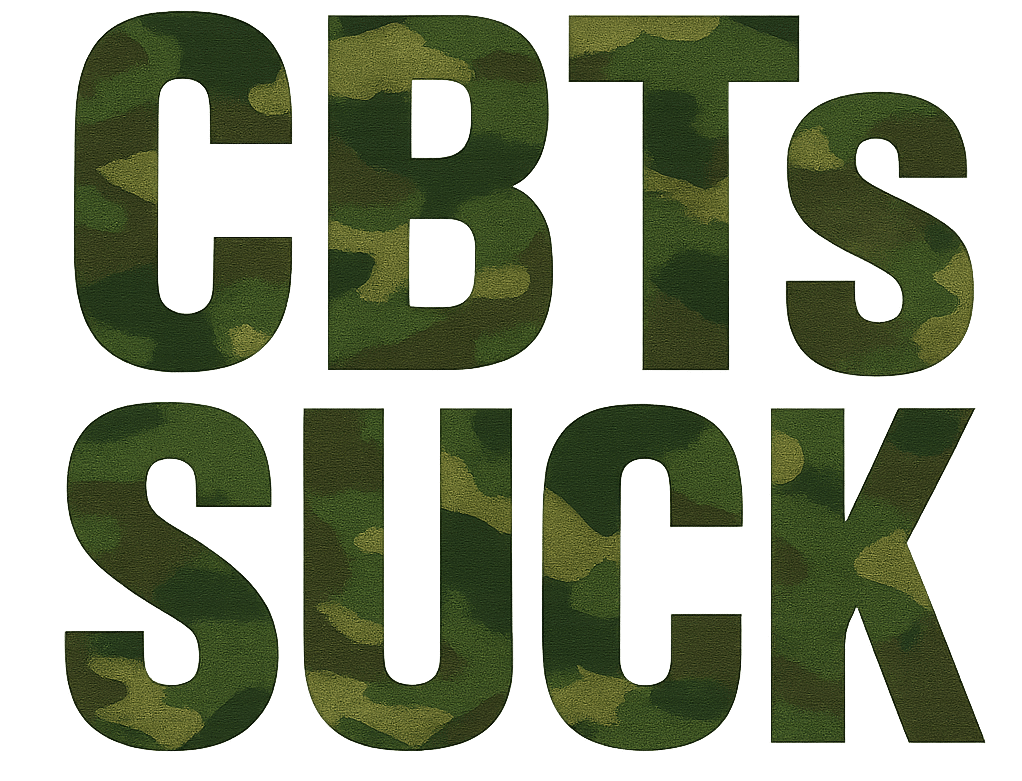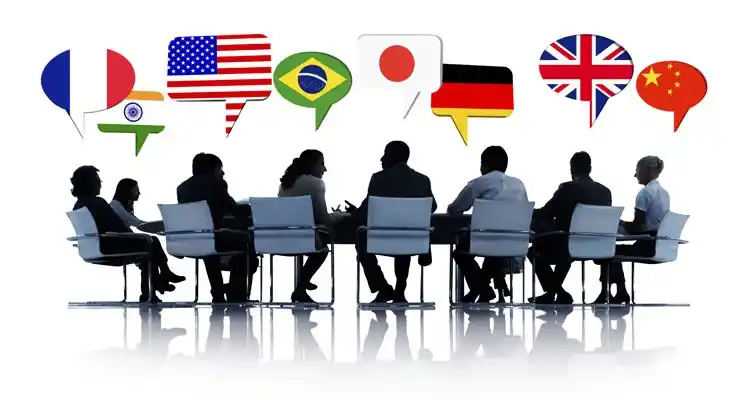Influence Awareness
This training is located in JKO.
Knowledge-Based Questions
Q: According to General Dunford, recently retired Chairman of the Joint Chiefs of Staff, we should expect to be in a sustained state of engagement in the Information Environment, with both competitors and enemies, for many generations to come.
A: True
Q: American already have all the necessary skills to accurately discriminate between facts and opinions better than 75% of the time.
A: False
Q: Recall the Media Information Timeline. Which three of the following are characteristics of the “Day of the Event” timeframe?
A: Provides the who, what, when and where of the event; Lack of in-depth fact checking or review; Competition to be first is the priority.
Q: In a study of how well Americans are able to discern the difference between ten statements that are fact or opinion, which two of the following are findings suggested by the results?
A: Almost one-third of Americans got two or fewer correct; There is an increasing relative volume, and resulting influence, of opinion and personal experience over fact.
Q: Sociometric analyses using readily avialable social media data on YOU can be used to:
A: Assess how strongly you are connected with particular individuals; Identify the most promising conduits through which to influence you; Determine patterns in your behavior.
Q: Online and in social media, true content gets distributed faster than falsehoods and lies.
A: False
Q: _________ is the tendency to inaccurately process information by looking for, attending to, or interpreting information that is consistent with what one already believes about the way the world works and one’s existing beliefs.
A: Confirmation bias
Q: As a U.S. military member, how can you better tell the difference between the “bogus” stories and those that are legitimate?
A: Look beyond the headline or story title; Check other sources; Check the facts; Check your biases
Q: Think back to the page where you learned about media literacy concepts for Soldiers, Sailors, Airmen, Marines and Coast Guard. Which of the following are key questions you should ask when engaging with or consuming any kind of media?
A: Why was this message created or sent?; What creative techniques are used to attract my attention, bias my thinking, or stimulate a response from me?; Who wants to influence me?; What values and lifestyles are represented in, or omitted from, this media?; What points of view and competing or synchronous viewpoints are embedded in, or missing from, this media?
Q: Which of the following are types of “Fake News” about which you should be aware?
A: Propaganda; Misleading Headlines; Biased/Slanted news
Q: Technologies will never be good enough to produce convincing video, audio and document forgeries.
A: False
Q: The very human desire to belong, “Fit in” and have love or companionship is often exploited by competitors, adversaries, enemies, con artists and salespeople wishing to influence us.
A: True
Q: Which three of the following statements represent key findings about the Russian Internet Research Agency (IRA) from the “Mueller Report”?
A: The IRA carried out an attempt to interfere with, and influence, the 2016 U.S. Presidential campaign and election; The IRA used social media accounts and interest groups to sow discord in the U.S. political system through what it termed “information warfare”; No evidence was presented that indicated any U.S. persons conspired or coordinated with the IRA.
Q: During the 675 days of investigation, Republicans grew more skeptical while Democrats grew more confident that Robert Mueller would conduct a fair investigation into Russian involvement in the 2016 election.
A: True
Q: Former Director of National Intelligence Dan Coats said he expects “…Russia to continue using propaganda, social media, false-flag personas, sympathetic spokespeople, and other means of influence to try to exacerbate social and political fissures in the United States”.
A: True
Q: Russian troll activity in the US:
A: Originates within Russia, often via entities that appear to be non-threatening; Can be rather difficult to initially identify because it often appears to originate from countries like the U.S. or Germany.
Q: Russia targets U.S. military members, their spouses, friends and other relations.
A: True
Q: RAND writers characterize the contemporary Russian model for propaganda as “the firehose of falsehood” because of its distinctive features. These include:
A: High numbers of channels and messages; Russian willingness to disseminate partial truths or outright fictions.
Q: the People’s Republic of China (PRC) actively engages the U.S. and other nations in various forms of “Non-Military Warfare”. These forms of warfare include:
A: Media Warfare; Technological Warfare; Knowledge Warfare; Economic Aid Warfare; Legal Warfare
Q: The PRC’s influence efforts in the U.S. target:
A: Academic talent in U.S. Universities; U.S. defense contractors, government employees and military personnel; American school children
Q: To inoculate yourself against influence attempts, to make yourself a “hard target” when it comes to being influence by competitors and enemies, do or remember the following:
A: Learn about and recognize the kinds of attacks and content you are likely to face; Recognize the activities and intentions of particular competitors and adversaries; Refresh your awareness of enemy/adversary influence activities at least monthly via multiple news sources and application of media literacy concepts for Soldiers, Airmen, Marines and Coast Guard; Remember that “forewarned is forearmed!”
Q: To be a critical consumer of media information, you should:
A: Sample widely; Account for the source’s consumer base and bias; Actively seek disconfirming or conflicting information; Consider the evidentiary support behind conflicting or competing perspectives.
Post-Test
Q: The DoD ban on selling Huawei smartphones on bases is because they _________.
A: Are capable of spying on users
Q: Which of the following are characteristics of the media information timeline in the weeks after an event?
A: The media is primarily weekly popular and news magazines; The stories tend to focus on the societal, cultural, and public policy impacts of the event; The stories are “long form” and delve into the details of the event.
Q: Which of the following were key findings in the Mueller Report?
A: The investigation did not identify evidence that any U.S. persons conspired or coordinated with the IRA; The IRA used social media accounts and interest groups to sow discord in the U.S. political system through what it termed “informational warfare”; the Russian Internet Research Agency (IRA) carried out an attempt to interfere with, and influence, the 2016 U.S. Presidential campaign and election.
Q: True or False: The United States is in a sustained, long-term state of engagement in the Information Environment with adversaries, competitors and enemies.
A: True
Q: Influence operations by China and Russia forma dangerous synergy in that:
A: Russian efforts tend to disrupt factions in western democracies and China touts the superiority of authoritarian regimes.
Q: Which of the following are important reasons that the Information Environment affects the Joint Forces?
A: The joint force and their family members are vulnerable to attacks through the Information Environment; the world’s access to a vast pool of exploitable information has changed; Our adversaries’ use of informationhas changed.
Q: True or False: Perceived notions about reality and our beliefs about economic, social and political truths are unchanged by the influence attempts of others.
A: True
Q: True or False: A number of Russian and Chinese news media outlets have been directed to register as foreign agents because they are complicit in disinformation and propaganda offensives.
A: True
Q: Which of the following change as regards informaiton across the media timeline?
A: How it is distributed; How it is processed; How it is changed.
Q: In a recent study, _____ of Americans proved to be able to accurately discriminate between 5 facts and 5 opinions in the media.
A: 26%
Q: Which of the following accurately describes an Advanced Persistent Threat?
A: A stealthy cyberattack in which a person or group gains unauthorized access to a network and remains undetected for an extended period.
Q: Which of the following statements describe what we know about truth and falsehoods from research?
A: Falsehoods are spread more broadly and are retweeted by more users than true information; Political falsehoods reach 20,000 people three times faster than all other types of falsehoods reach 10,000 people; Political falsehoods diffuse deeper and more quickly than all other lies.
Q: Which of the following statements accurately describe Confirmation Bias?
A: We prefer information that confirms our preconceptions.
Q: True or False: Fake news is a false news story published on the internet, via social or other media, either through ignorance, intention, or in a rush to scoop the competition without verifying the facts, and with the intention of influencing the narrative.
A: True.
Q: Which of the following are ways to improve your media literacy?
A: Check other sources; Look beyond the headline; Take a closer look.
Q: True or False: Members of the U.S. Military, Soldiers, Airmen, Marines and Coast Guard need to understand how and why advertisers, competitors and adversaries are using media to spread their message and exert influence.
A: True
Q: Which of the following are characteristic of computational propaganda?
A: All of the above
Q: True or False: Media sources on both the Left and Right selectively reported findings from the Mueller Report that supported their narrative and/or matched primary audience characteristics.
A: True
Q: Which one of the following statements captures how public opinions about special counsel Mueller changed during the course of the investigation?
A: Favorable opinions about Mueller increased with Democrats and decreased with Republicans
Q: Which of the following descriptions are features of the Russian propaganda model termed the “firehose of Falsehood”?
A: No commitment to objective reality; Directed within the Russian homeland to support Putin’s narrative; high numers of channels and messages.
Q: The PRC’s non-military operations are extensive. According to the FBI, a China-related counter-intelligence case is opened every ________.
A: 10 hours
Q: Chinese intellectual property theft from the U.S. may be as much as _________.
A: One trillion dollars per year
Q: Which one of the following best describes the information environment?
A: The aggregate of social, cultural, linguistic, psychological, technical and physical factors affect how humans and automated systems derive meaning from, act upon and are impacted by information.







